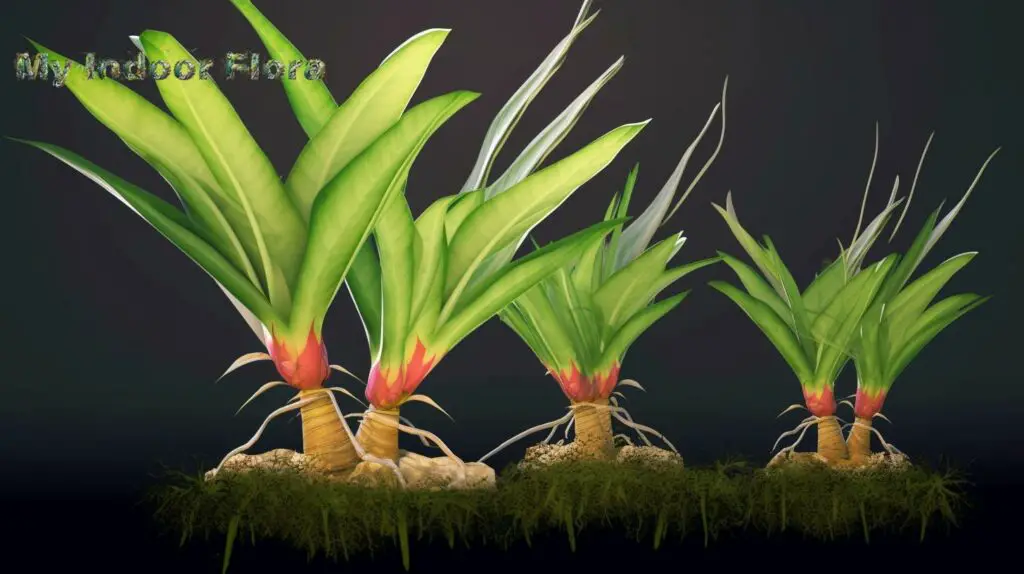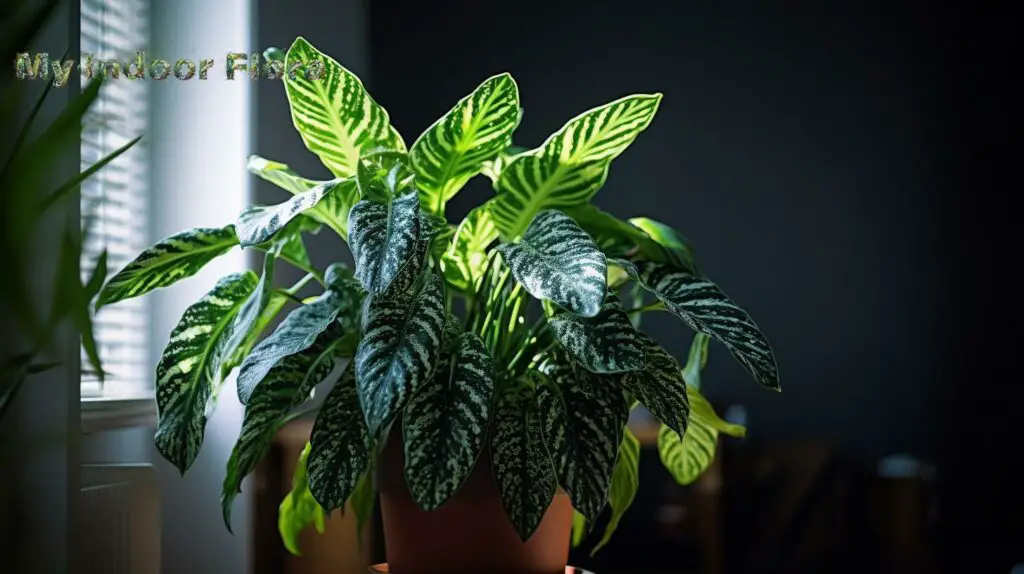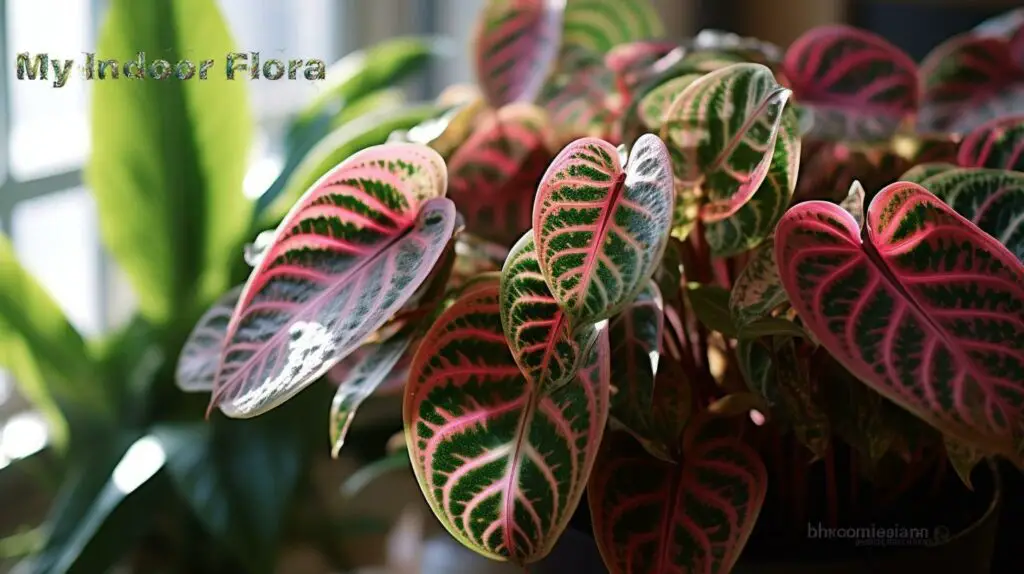Plant propagation, a technique utilized by gardeners to reproduce plants, involves a variety of methods to induce growth. Among these, division stands as a preferred method for indoor plants due to its high success rate and immediate results. In a broad scientific context, plant propagation by division refers to the process of separating a plant into multiple parts, each capable of growing into a new plant. Indoor plant species such as the peace lily (Spathiphyllum), snake plant (Sansevieria), and several ferns and orchids are often propagated through this method.
Division serves as a cost-effective way to multiply indoor plants and keep them healthy, according to a report by the National Gardening Association. This method also helps manage the size of the plant and improve air circulation, reducing the chances of fungal diseases.
This in-depth guide aims to comprehensively explain how to propagate indoor plants through division, equipping readers with the knowledge to successfully manage their indoor gardens. We’ll cover the importance of division, how to identify suitable candidates, optimal conditions, steps of the division process, nurturing techniques, and strategies to encourage further growth.

What is Plant Propagation by Division?
Let’s first answer the question: what exactly is plant propagation by division?
In the world of horticulture, propagation is the act of creating new plants from existing ones. It’s a natural way to multiply your indoor plant collection, save costs, and spread the green love. There are several methods of plant propagation, such as stem cuttings, leaf cuttings, layering, and division.
Division, in particular, involves separating a plant into two or more parts, each of which can grow into a new plant. Some of the common indoor plants that can be propagated through division include peace lilies, snake plants, ferns, and various types of orchids. It’s worth noting that a study published in the Journal of Horticultural Science and Biotechnology highlighted the success of division propagation in a wide range of plant species, emphasizing its value in indoor gardening.
Why is Plant Propagation Through Division Necessary for Indoor Plants?
To understand the significance of plant propagation through division, let’s delve deeper into the key reasons that necessitate this process for indoor plants.
When it comes to indoor plants, division serves multiple purposes. For one, it helps manage the size of the plant. Indoor plants, especially those in containers, can only grow to a certain extent before they become root-bound, a situation where the plant’s roots take up the entire space within the pot, leaving no room for further growth. Through division, we can keep the plant’s size under control and maintain its health.
Secondly, division plays an important role in maintaining plant health. By dividing an overgrown plant, you improve air circulation, reducing the chances of fungal diseases, which often thrive in damp, stagnant environments.
Furthermore, propagation through division also allows you to multiply your indoor plants without having to buy new ones. According to the National Gardening Association, propagating your own plants can save significant costs for indoor gardeners over time.
Let’s understand how to identify suitable candidates for this process in your indoor garden.
How to Identify Plants Suitable for Division?
Before you start the process of division, it’s critical to identify which plants in your indoor garden are suitable for this propagation method. Lets talk about the characteristics of ideal candidates and a guide to selecting the right species.
Certain characteristics make some indoor plants more suitable for division than others. These typically include plants that produce multiple stems from a single root system or those that naturally form offsets (small plantlets) around the base. A prominent example is the Boston fern, known scientifically as Nephrolepis exaltata, which produces multiple fronds from a central root ball and can be successfully divided into several smaller plants.

In terms of species, a few common indoor plants that can be propagated through division. Here is a short list for your convenience.
| Plant Name | Best Season for Division | Notes |
|---|---|---|
| Snake Plant (Sansevieria trifasciata) | Spring | Can be divided by separating the rhizomes |
| Peace Lily (Spathiphyllum) | Spring | Make sure each division has at least two leaves |
| ZZ Plant (Zamioculcas zamiifolia) | Spring | Divide the tubers, ensuring each has some roots |
| Boston Fern (Nephrolepis exaltata) | Spring | Fronds should be pruned back to 2 inches during division |
| Chinese Money Plant (Pilea peperomioides) | Spring or Summer | Offsets can be gently pulled away from the parent plant |
| Spider Plant (Chlorophytum comosum) | Spring | Use plantlets or ‘babies’ for propagation |
| Aloe Vera | Spring or Summer | Separate offsets from the parent plant |
| African Violet (Saintpaulia) | Spring | Division is less common, leaf cuttings are usually used |
| Philodendron | Spring | Divide the plant ensuring each section has roots |
| Dieffenbachia | Spring | Each division must have at least one healthy leaf |
| Asparagus Fern (Asparagus aethiopicus) | Spring | Ensure each division has a healthy root system |
| Cast Iron Plant (Aspidistra elatior) | Spring | Division should be done at repotting time |
| Prayer Plant (Maranta leuconeura) | Spring | Gently divide the root ball into multiple sections |
| Kentia Palm (Howea forsteriana) | Spring | Can be divided by separating offsets from the parent plant |
| English Ivy (Hedera helix) | Spring or Fall | Rooted sections can be divided and repotted |
| Pothos (Epipremnum aureum) | Spring | Rooted vine sections can be planted separately |
| Umbrella Plant (Schefflera) | Spring | Root division is possible, but leaf cuttings are more common |
| Aglaonema | Spring | Separate the rooted offshoots from the parent plant |
| Anthurium | Spring | Divide during repotting, ensuring each division has roots and leaves |
| Rubber Plant (Ficus elastica) | Spring | Division is less common, air layering or cuttings are usually used |

It’s also worth noting that certain signs may indicate a plant is ready for propagation by division. These can include an overcrowded pot, a decline in the plant’s overall health despite adequate care, or a visible abundance of offsets.
Optimal Conditions for Successful Plant Division
Achieving successful plant division is reliant on creating an ideal environment and conditions for your plants. Below are some key factors to consider:
Timing of Division
- The majority of indoor plants prefer to be divided in early spring, just as they’re beginning to put out new growth.
- Dividing plants at this time can minimize stress on the plant and allow it to recover more quickly.
Temperature and Light Requirements
- A stable indoor temperature around 70-75°F (21-24°C) is usually ideal for newly divided plants.
- Indirect, bright light is beneficial for most indoor plants after division.
- A study in the Journal of Experimental Botany emphasizes the importance of stable temperature conditions in root development, particularly critical in the early stages following division.
Health of the Plant and Soil Conditions
- Healthy, pest-free plants make the best candidates for division.
- The soil should ideally be well-draining yet retain some moisture.
- The condition of the soil can significantly impact the success of plant division.
Understanding and implementing these optimal conditions can go a long way in ensuring the successful division and propagation of your indoor plants.
How to Prepare for Plant Division?
Proper preparation is key to a successful division process. As we journey into this section, we’ll cover essential tools, preparation steps, and the importance of pre-watering your plants.
First and foremost, ensure you have the necessary tools for the division process. These may include a clean, sharp knife or pair of pruners, pots with adequate drainage for your new plants, and fresh potting soil. It’s crucial that all tools used are clean and sterilized to prevent the transfer of any diseases or pests.
Secondly, water your plant thoroughly a day or two before you plan to divide it. This ensures the plant is well-hydrated and can help reduce the shock of division. The Royal Horticultural Society recommends this as a best practice to improve the chances of successful propagation.

Plant Division Process: Step-By-Step Guide
Plant division can seem daunting initially, but by breaking down the process into manageable steps, even beginners can successfully propagate their indoor plants. Here’s a detailed step-by-step guide.
1. Removing the Plant from its Pot
- Start by carefully taking out the plant from its pot.
- Gently shake off excess soil to expose the root system.
- Inspect the roots for any signs of disease or pests. The University of Illinois Extension emphasizes that a healthy root system is vital for successful propagation.
2. Locating the Natural Divisions
- Identify the sections where the plant has multiple stems or shoots coming from the same root mass. These are the natural divisions.
- In some plants, like snake plants, these divisions may be quite evident. In others, like peace lilies, you might need to investigate more carefully.
3. Separating the Plant
- Using a sharp, sterile knife or pruners, cut through the root mass.
- Make sure to keep as many roots intact as possible with each section.
- For plants that form offsets, these can often be gently pulled away from the parent plant by hand.
4. Potting the New Divisions
- Choose pots that are an appropriate size for the new divisions. They should not be too large as this can encourage root rot.
- Fill the pots with fresh, well-draining potting soil.
- Place the division in the pot, and fill in around the roots with more soil.
5. Post-Division Care
- Water the newly potted divisions thoroughly.
- Place them in a warm, bright location away from direct sunlight.
- This will allow the plants to recover from the division process and begin to establish new roots.
By following these steps, you can successfully divide your indoor plants and grow new ones from the divisions.
How to Nurture Divided Plants for Optimal Growth?
Taking care of your newly divided plants requires a delicate balance of providing the necessary care without overdoing it. In this section, we’ll discuss correct watering techniques, lighting requirements, and tips to tackle plant stress and diseases post-division.
For watering, remember that while the new divisions need to stay hydrated, overwatering can lead to root rot. A good rule of thumb is to allow the top inch of soil to dry out between waterings. It’s a balancing act that may require some trial and error, but getting it right is crucial to the success of your new plants.
As for lighting requirements, newly divided plants typically do well in bright, indirect light. Direct sunlight can stress the plants as they’re trying to recover and grow new roots. Keep in mind, however, that the light requirements may vary depending on the plant species.

Lastly, it’s crucial to monitor the newly divided plants for any signs of stress or disease. Some wilting or yellowing of leaves can be normal immediately after division, but if this continues, it could be a sign of a problem. If any signs of pests or disease appear, act quickly to prevent the spread to other plants.
Monitor and Adapt to the Needs of Newly Divided Plants
Observation and adaptation are keys to successful indoor gardening, especially when dealing with newly divided plants. In the upcoming sections, we’ll explore how to understand the signs of successful propagation, identify common issues, and adjust care routines based on the plant’s response.
First and foremost, understanding the signs of successful propagation can boost your confidence and inform you that you’re on the right track. These signs might include new leaf growth, a well-established root system when gently tugged, and overall plant vigor.
However, like all living things, plants can sometimes encounter problems. It’s not uncommon for newly divided plants to face issues like wilting, yellowing leaves, or slowed growth. These problems can be caused by various factors such as overwatering, inadequate light, or root damage during division. Troubleshooting these issues often requires a process of elimination and, more importantly, patience.
How to Encourage Further Growth in Divided Plants?
Once you’ve successfully divided and nurtured your indoor plants, you’ll want to promote their continued growth and potential for future divisions. As we conclude this comprehensive guide, let’s look at some techniques to stimulate further growth and the possibilities for future propagation through division.
Firstly, providing consistent care is essential. This means regularly watering your divided plants, providing them with ample light, and feeding them with a balanced fertilizer during their growing season.

Secondly, remember that plants are dynamic beings that continue to grow and evolve. Over time, they may outgrow their pots or become crowded, signaling that it might be time for another round of division. The Journal of Plant Biology highlights that repeated division, when done correctly, can contribute to long-term plant health and vitality.
Finally, rejoice in the fact that through the process of division, you’ve contributed to the propagation of life in your own indoor garden. It’s a rewarding process that not only enriches our spaces with more greenery but also deepens our understanding and appreciation of the fascinating world of plants.
Conclusion
Propagating indoor plants through division is a valuable skill for any indoor gardener. It allows us to maintain the health and size of our plants, save costs, and multiply our green family. By understanding the process, identifying suitable plants, creating the right conditions, and providing post-division care, even a beginner can successfully propagate their indoor plants. So, why not give it a try? The world of plant propagation awaits, promising rewarding experiences and a deeper connection with your indoor garden.
